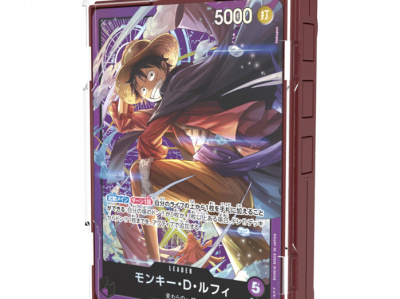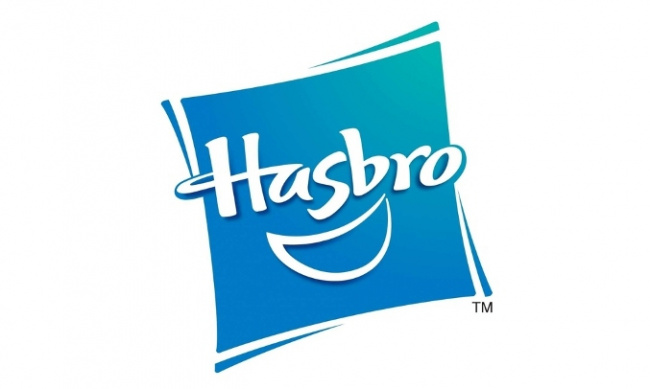 Japan’s Parliament outlawed the possession of child pornography last week, but the new legislation exempted manga and anime from the ban. Chief Cabinet Secretary Yoshihide Suga explained the government’s position: "While there are concerns that such illustrations might encourage the viewing of children as sexual objects, freedom of expression is also an important issue." The government also noted that no children were harmed in the production of manga and anime, unlike the case with pornographic photos and videos.
Japan’s Parliament outlawed the possession of child pornography last week, but the new legislation exempted manga and anime from the ban. Chief Cabinet Secretary Yoshihide Suga explained the government’s position: "While there are concerns that such illustrations might encourage the viewing of children as sexual objects, freedom of expression is also an important issue." The government also noted that no children were harmed in the production of manga and anime, unlike the case with pornographic photos and videos.The new law is a revision of a 1999 act that outlawed the public display of child pornography, but allowed private collections. Japan is the only developed nation that allows private collections of child pornography, and the new bill, which outlaws private collections, was a response to criticism from both within and outside of Japan. Under the new law, citizens will have up to a year to get rid of their pornographic images.
Three years ago Tokyo’s Governor, Shintaro Ishikawa passed a municipal ordinance "Regarding the Healthy Development of Youth," which did cover depictions in manga, and which created a certain amount of self-censorship among booksellers and manga distributors as well as a backlash of protest from publishers and creators (see "Tokyo Ordinance Leads to Self-Censorship & Protest").
Writing in the New York Times, Martin Fackler suggests that the exemption of manga and anime was economically-based due to the fact that "the popularity of manga has mitigated the decline of a publishing industry hit hard by falling sales because of competition from the Internet." Fackler’s reasoning ignores the fact that manga sales have also been falling. In addition given the ubiquity of manga throughout virtually every demographic group in the country, enforcing a ban on "questionable" depictions of what appear to be underage characters in manga would be a gargantuan task.







